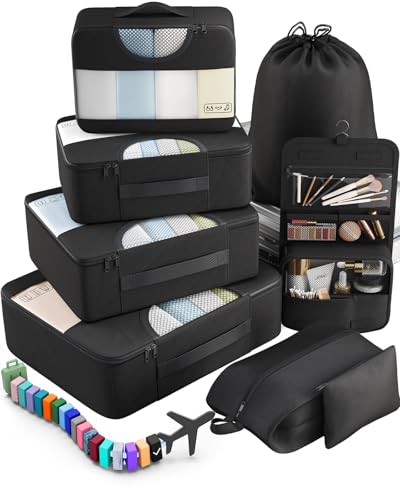In Ireland, they use Type G power plugs and outlets. The voltage is 230V, and the frequency is 50Hz.
So, you’ll need a travel adapter in Ireland. Their plugs and outlets are different from the Type A and B ones we use back in the States.
Quick Overview of the Plugs in Ireland:
- Plug type in Ireland: G
- Standard voltage: 230V
- Frequency: 50Hz
- Need a travel adapter? Yes, you do need a travel adapter
- Need a voltage converter? Could be necessary for select devices
- Recommended plug adapter: One Beat Travel Plug Adapter
The information you’ll find here is sourced from official regulations, IEC standards, and practical traveler insights gathered from real trips.
The Only Travel Adapter You’ll Need in Ireland
Finding the right travel adapter isn’t always easy. We don’t sell them, but we’ve done the homework for you—researching the best option for Ireland based on voltage, outlet types, safety, speed, price, and reliability. After testing multiple choices, this one is the best:
Recommended Travel Plug Adapter
by 2,000+ travelers on Amazon
If you’ve already left and forgot your power adapter, don’t worry. Airports and shops in most countries carry basic adapters. That said, it’s always easier to bring a reliable one from home so you’re not stuck buying whatever happens to be available.
People visiting Ireland often also explore Wales, Scotland, and the United Kingdom. Check what kind of plug is used in each destination.
Power Outlets in Ireland
In Ireland, they use Type G power plugs and outlets.
Type G

Type G outlets have three rectangular prongs in a triangular layout and built-in fuses. Other plug types won’t fit without an adapter.
Do You Need a Voltage Converter?
Since Ireland has a different voltage than the U.S. (120V), you’ll probably need a voltage converter to keep your devices running smoothly.
Always verify the power rating label on your device before plugging it in overseas. If it lists “100-240V, 50/60 Hz”, it’s built for global use and works on both 120V and 220-240V without needing a converter. Most modern electronics, like laptops, tablets, and cameras, support this.

Which Travel Devices May Need a Converter?
Want peace of mind while traveling? These top-rated voltage converters are a safe bet.
| Device | Need Converter? | Notes |
|---|---|---|
| Phone | ❌ No (usually) | Most modern phone chargers are dual voltage (100–240V) |
| Laptop | ❌ No (usually) | Check the power brick label for 100–240V |
| Hairdryer | ✅ Yes (often) | High wattage; many models are not dual voltage |
| Electric toothbrush | ⚠️ Check voltage | Some models are 110V only |
| Camera / DSLR | ❌ No (usually) | Most chargers are dual voltage |
| Power bank | ❌ No | Charges via USB, adapter is enough |
| Electric shaver / trimmer | ⚠️ Check voltage | Older or cheaper models may not support 230V |
| Tablet / iPad | ❌ No | All models are dual voltage |
| Portable fan | ✅ Yes (sometimes) | Many models are not compatible with 230V |
| Game console | ⚠️ Check voltage | Newer consoles like PS5 and Xbox are often dual voltage — check to be sure |
| Bluetooth speaker | ❌ No (usually) | Charges via USB |
| E-reader (Kindle, etc.) | ❌ No | USB charging only, no converter needed |
Top Travel Essentials to Pack
Once your adapter’s sorted, think about these extras. They can help you stay charged, avoid extra fees, and keep your bag in order.
Digital Luggage Scale
Packing Cubes
Power Bank
More About Ireland
Ireland welcomed about 6.6 million overseas visitors in 2024, with tourists spending roughly $6.7B USD, even though total overnight stays dropped slightly by 3% compared to 2023. Americans represented roughly 12% of all international visitors, and many stayed nearly 10 nights on average. Tourism supports over 300,000 jobs and contributes more than $17 billion in economic value across the island.
From cosmopolitan capitals to rugged coastlines—from literary pubs to lighthouses, and festivals in nearly every city—Ireland packs huge variety into a small land mass. Whether you’re road-tripping along the Wild Atlantic Way or hopping between cities via excellent motorways, the island rewards slow exploration. Gaelic, English, seafood, whiskey, music, and myth all live side by side here.
For American travelers, Ireland offers familiarity and surprise: English is everywhere, the infrastructure is efficient, and signage is clear. Yet it still delivers unfiltered pubs, ancient ruins, wild beaches, and spirited locals who love storytelling over a pint. It’s not just a destination—it’s a place that feels lived-in, layered, and endlessly engaging.
Top places to visit in Ireland: Dublin, Galway, Cork, and Limerick.




